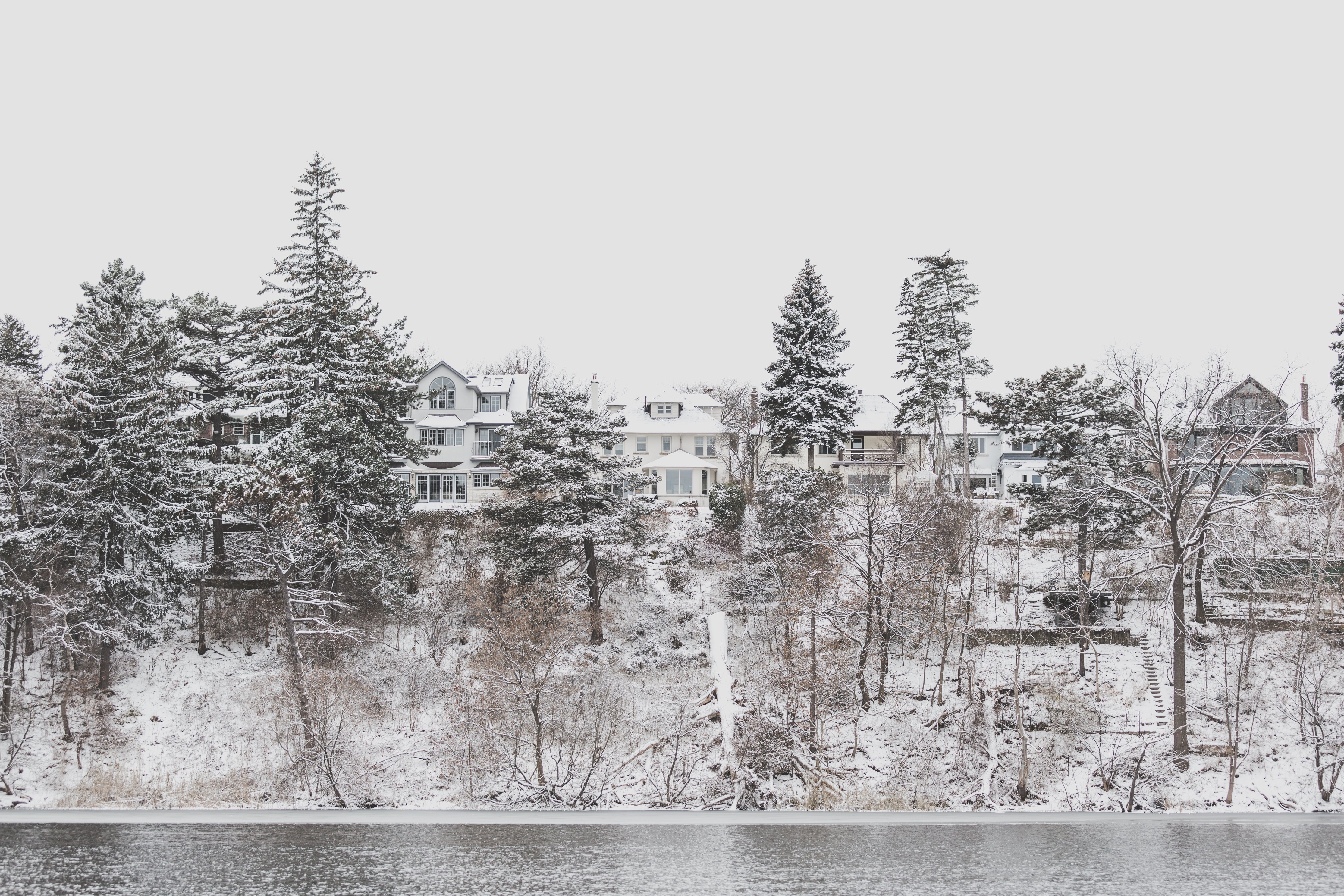Mold! It’s an issue that nobody really wants to talk about, but mold can have a huge impact on your home and quality of life. Beyond unpleasant appearances and odors, mold can cause a variety of health problems in your home, including allergies, rashes, fatigue, and in some extreme cases, even seizures. Although not all types of mold are toxic, it can all cause difficulties for your home – especially during a home-buying process.
There are common places in your house that mold is most likely to take hold. Leaky plumbing, roofs, and windows usually have enough moisture to allow the mold to grow. Basements, especially those prone to flooding, also provide a perfect environment for mold. Even brand new construction can have these issues. Mold also spreads easily inside walls and ceilings, particularly if there have been burst pipes.
While looking for mold in your home, there are several steps and precautions you should take. Carefully search all the rooms in your house, especially the basement, attic, and other moisture-prone areas. However, mold colonies can be hidden out of sight, growing inside the walls of your home. Here, the fungus’s “musty” smell can help you locate any unseen mold. If you do find large patches during your own home inspection, it’s important to not disturb them – this could end up spreading spores throughout your home. If you have reason to suspect that there’s mold in your home, it’s time to call in a professional inspector to help deal with the issue. They’ll be able to identify the specific kinds of mold you have, find hidden colonies, and help you eradicate it from your home.
However, it’s obviously best to try and control mold before it becomes a full-blown infestation. It’s simpler and far more cost effective. And the biggest key to keeping the fungus at bay? Moisture control. Here are some tips and tricks to help you get started!
- Correct any known moisture problems in your home. If there’s an area of your house that’s known to collect moisture, like a flooded basement, take steps now to prevent mold from growing. Replace carpets that frequently get damp, considering investing in mold-resistant materials, and – most importantly – work on water-proofing that area.
- Repair leaks as soon as possible. If you notice dripping water, don’t wait to repair the problem. The leak will only get worse over time, allowing mold to grow excessively.
- Inspect your roof gutters. Clogged or improperly positioned gutters can cause water to remain on your roof or to spill out too near your foundation. Regularly clean your gutters, and consider extending your downspouts further away from your home’s foundation.
- Increase the airflow in your home. Mold grows best in still, warm air. Keeping doors open between rooms, leaving your closets open to air out, and keeping furniture away from the walls can improve your airflow and decrease the amount of moisture in the air.
- Make sure your home is properly ventilated. Many of your daily activities including showering, cooking, and doing laundry can create excess moisture in your home. Make sure that these areas are being properly ventilated; you can use exhaust fans in your kitchen and bathroom. Also check that your clothes dryer is properly vented to the outside of your home and periodically clean it to make sure it isn’t producing excess moisture.
- Immediately dry any wet areas. This may seem simple, but many busy homeowners leave spills and rain water to dry on their own. Instead, you should immediately air out any damp carpets and upholstery, removing any of these that can’t be dried from your home. Even simple spills should be dried as soon as they occur.
- Direct water away from your house. Be sure that your yard is properly graded so that water flows away from your home’s foundation rather than collecting around it. Plants and gardens that need watering shouldn’t be too close to your foundation either.
If you are concerned that you may have mold in your home, call a certified home inspector right away!




Leave A Comment